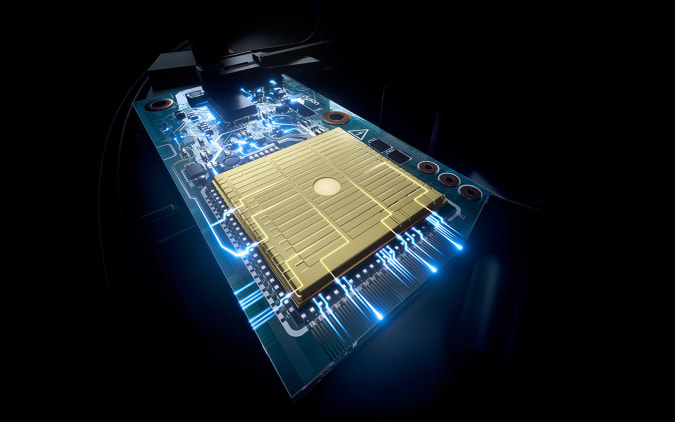[ad_1]
It’s been almost a year and a half since Dyson launched its formaldehyde-busting Pure Cryptomic air purifiers, and now, the company is back with an upgrade. The new Dyson Purifier Formaldehyde models — Hot+Cool (HP09) and Cool (TP09) — look almost identical to their predecessors, and they even feature the same Cryptomelane catalytic filters which break formaldehyde down into water and carbon dioxide. What’s new is their ability to distinguish formaldehyde from other VOCs (volatile organic compounds), in order to better monitor this carcinogenic gas constantly released from the likes of furniture, carpets, paint and flooring.
Previously, Dyson machines could only detect various VOC gasses as a whole using a general VOC sensor, which meant they couldn’t tell if there was a spike in a particular type of VOC, such as formaldehyde. The company eventually developed a new dedicated formaldehyde sensor, which not only allows the Purifier Formaldehyde models to better focus on tackling this harmful gas, but also adds the ability to report live formaldehyde levels — both on the machine’s circular screen and in the mobile app.

Dyson
Dyson added that it avoided using gel-based formaldehyde sensors often found in competitors’ devices, which dry up after about three years. Instead, the company developed a solid-state formaldehyde sensor which, much like the catalytic filters, allegedly lasts for the air purifiers’ lifetime. Additionally, combined with Dyson’s own algorithm, this solid-state sensor is able to isolate formaldehyde from other VOCs, whereas gel-based sensors can apparently be confused by something as ordinary as orange slices.
Another notable improvement here is acoustic design. Thanks to some air flow redesign, Dyson claims that the Purifier Formaldehyde models are quieter than their predecessors. Specifically, the TP09 is apparently 20 percent quieter than the TP06 (Pure Cryptomic) and TP04 (Pure Cool) at maximum fan speed.
Last but not least, Dyson reworked the sealing across the entire body for a whole-machine HEPA H13-certified filtration. This means air pollutants are more likely to be trapped within the machines, with Dyson claiming a capture rate of 99.95 percent for particles as small as 0.1 microns — including allergens, bacteria, pollen, mould spores and more.
Announced alongside the HP09 and TP09 are two cheaper variants, the HP07 and TP07, with both featuring the same catalytic filters and acoustic improvements, but lacking a dedicated formaldehyde sensor. In other words, these are merely a quieter version of the Pure Cryptomic machines.
The Dyson Purifier Formaldehyde will be gradually rolled out across the globe over the next few months, with a May launch already confirmed for Australia and Hong Kong. We’ll be keeping an eye on further announcements for other regions.
[ad_2]
Source link